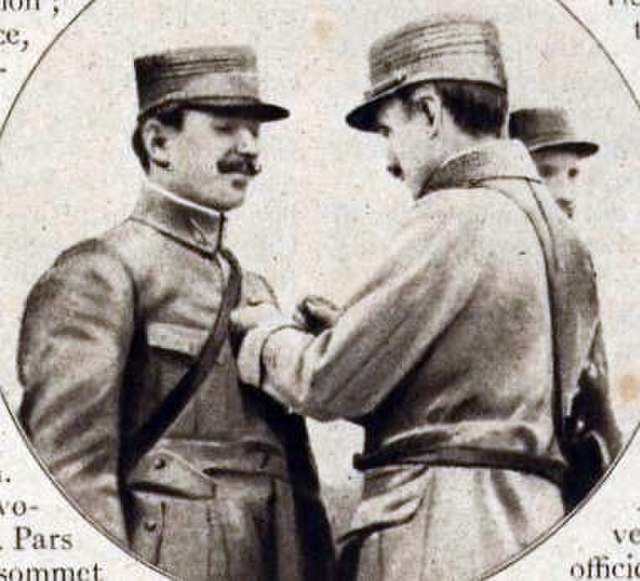Panzer ace is a contemporary term used in English-speaking popular culture to describe highly decorated German tank ("panzer") commanders and crews during World War II. The Wehrmacht as well as British and American militaries did not recognise the concept of an "ace" during the war. The similar term, tank ace has been used post-war to describe highly regarded tanks commanders.
A Tiger I tank during the Battle of Kursk in June 1943. Most of the successful German tank commanders served in units equipped with Tigers during this period.
The grave of "panzer ace" Michael Wittmann and his tank crew in 2007
SS-Oberscharführer Rudolf Roy, 12th SS Panzer Division Hitlerjugend
Ace, when used in the context of military propaganda, denotes a successful military professional who has accumulated a meaningfully measurable statistic such as aircraft shot down, tanks destroyed, tonnage sunk, or a number of successful sniper shots. In a manner analogous to sport statistics, some military roles can be measured in terms of a quantifiable metric. Once said metric is established, military personnel may be quantified versus the designated metric and compared in a tabular fashion. Such metrics may be used as a basis for military merit awards, such as Knight's Cross of the Iron Cross by setting an arbitrary threshold. Likewise, a designation of "ace" may be applied, such as 5 aircraft shot down.
The "first French ace", Frenchman Adolphe Pégoud being awarded the Croix de guerre. The term "ace" in relation to individual military success originated with French military propaganda of World War I.




